Rising Demand for Canned Products
The increasing consumer preference for canned products is a notable driver in the Can Seamer Market. Canned goods offer convenience, longer shelf life, and ease of storage, which appeal to busy lifestyles. According to recent data, the canned food sector has experienced a growth rate of approximately 4% annually, indicating a robust demand. This trend is further fueled by the rising popularity of ready-to-eat meals and the expansion of the food processing industry. As more manufacturers seek to capitalize on this trend, the demand for efficient can seamers is likely to rise, thereby propelling the Can Seamer Market forward.
Expansion of Beverage and Food Industries
The ongoing expansion of the beverage and food industries serves as a vital driver for the Can Seamer Market. With the rise of craft breweries, specialty food producers, and health-conscious brands, the demand for canning solutions has surged. Data suggests that the beverage canning segment alone is projected to grow by 5% annually, reflecting a shift towards canned beverages. This trend is further supported by consumer preferences for sustainable packaging options, as cans are often perceived as more environmentally friendly compared to plastic. Consequently, the Can Seamer Market is likely to benefit from this expansion, as manufacturers seek efficient can sealing solutions to meet increasing production demands.
Regulatory Compliance and Quality Standards
Regulatory compliance and adherence to quality standards are increasingly influencing the Can Seamer Market. Governments and regulatory bodies impose stringent guidelines on food safety and packaging, necessitating the use of high-quality can seamers that meet these standards. Manufacturers are compelled to invest in advanced seaming technologies to ensure product integrity and safety. This trend is particularly evident in regions with strict food safety regulations, where non-compliance can lead to significant financial penalties. As a result, the demand for reliable and efficient can seamers is expected to rise, driving growth in the Can Seamer Market as companies prioritize compliance and quality assurance.
Consumer Shift Towards Sustainable Packaging
The growing consumer shift towards sustainable packaging solutions is a significant driver in the Can Seamer Market. As environmental concerns become more prominent, consumers are increasingly favoring products that utilize eco-friendly packaging. Cans are often viewed as a more sustainable option due to their recyclability and lower carbon footprint compared to other packaging materials. This trend has prompted manufacturers to adopt sustainable practices in their production processes, including the use of energy-efficient can seamers. Market data indicates that the demand for sustainable packaging is expected to grow by 7% annually, suggesting a strong correlation between sustainability initiatives and the growth of the Can Seamer Market.
Technological Innovations in Seaming Processes
Technological advancements play a crucial role in shaping the Can Seamer Market. Innovations such as automated seamers and precision engineering have enhanced the efficiency and reliability of can sealing processes. These advancements not only reduce production costs but also improve product quality, which is essential in a competitive market. The integration of smart technologies, such as IoT and AI, into can seamers is expected to optimize operations and provide real-time monitoring capabilities. As manufacturers increasingly adopt these technologies, the Can Seamer Market is poised for significant growth, with projections indicating a potential increase in market size by 6% over the next five years.


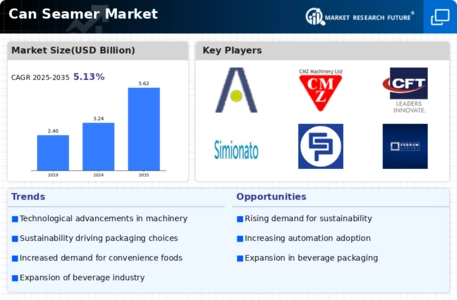
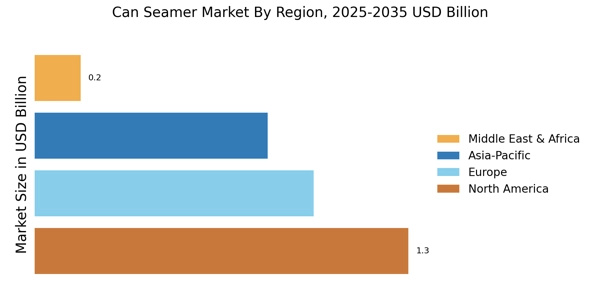
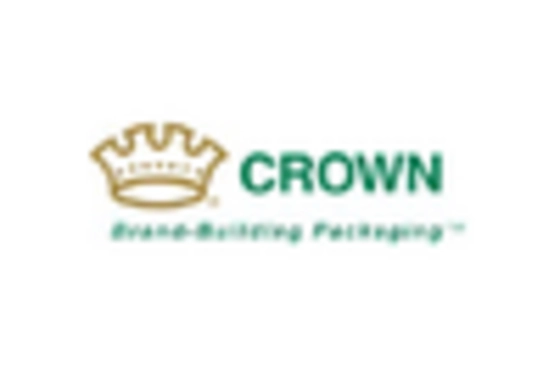
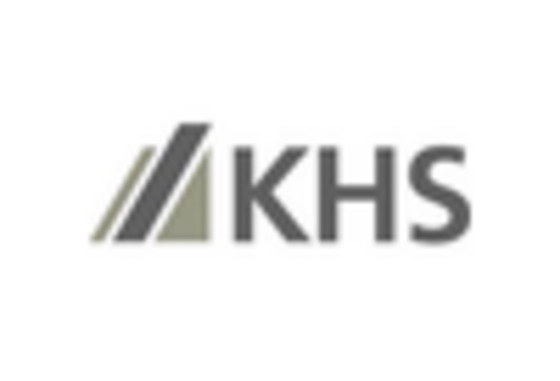
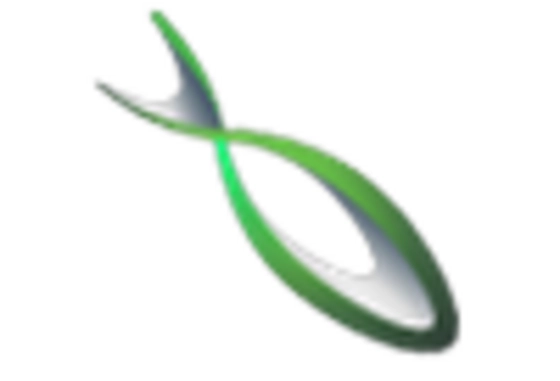
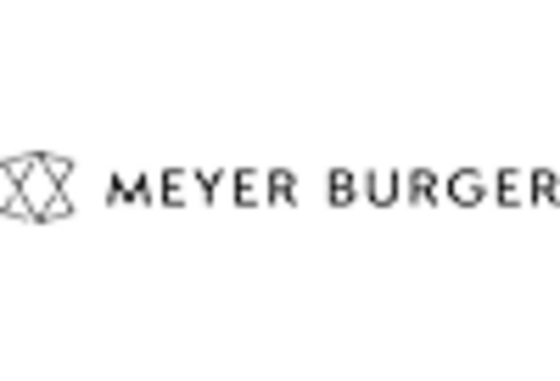
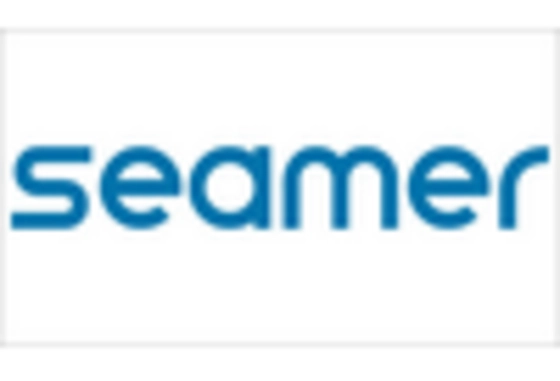
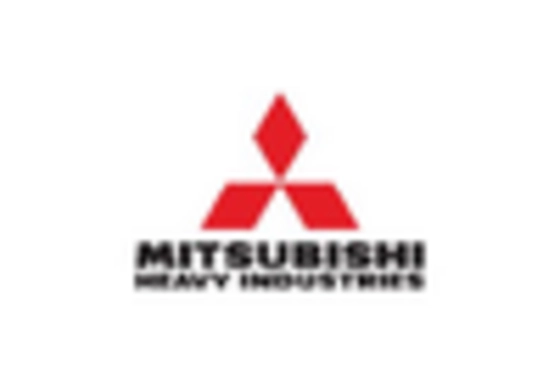








Leave a Comment